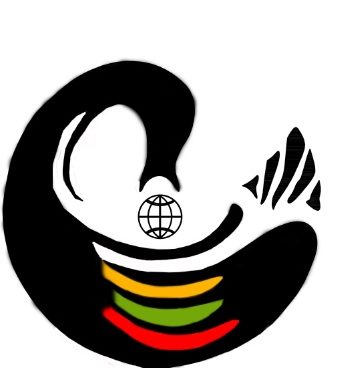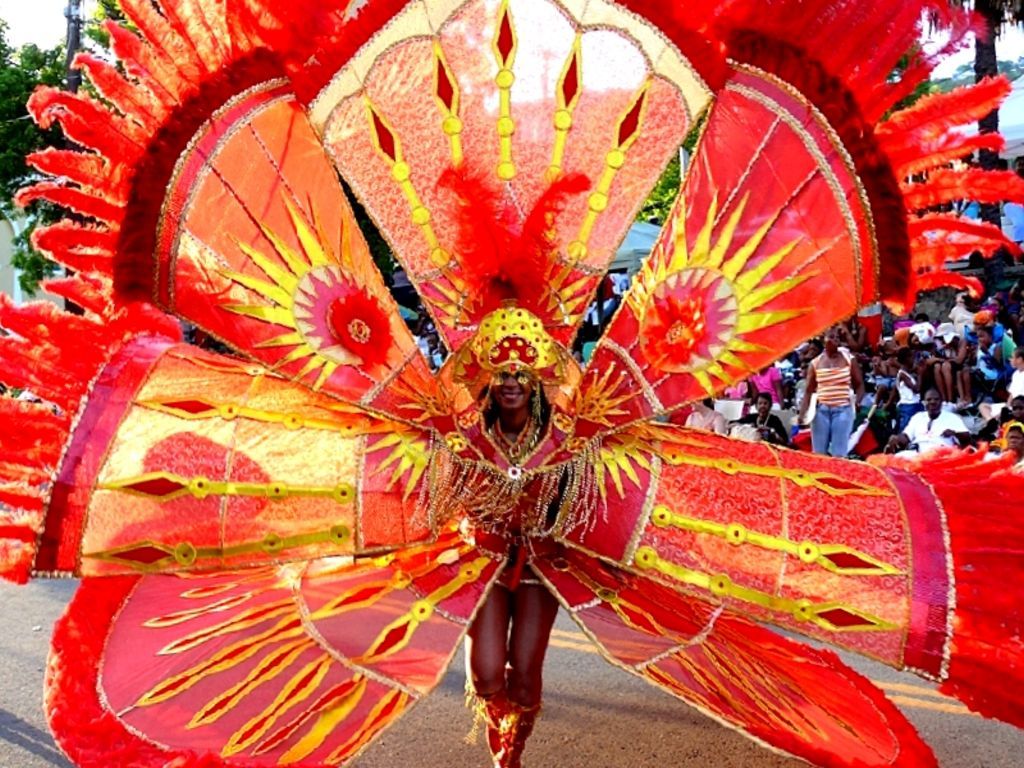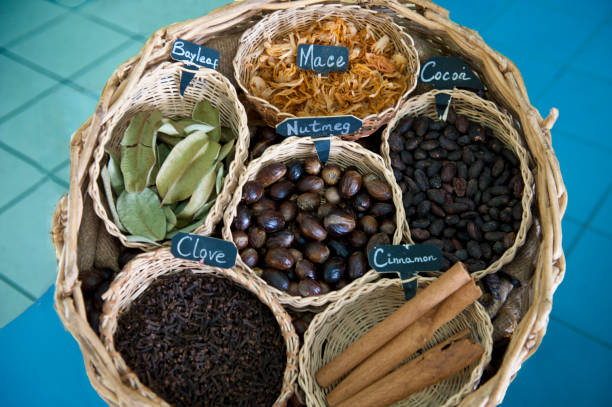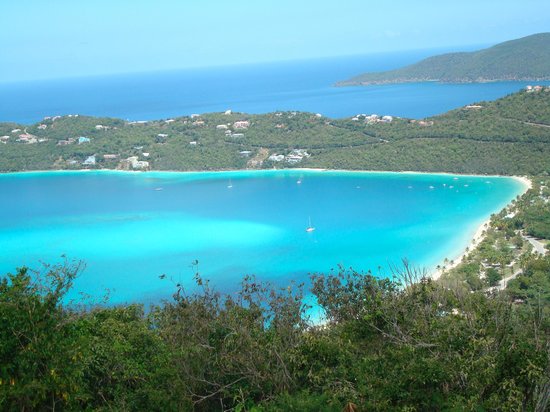Saint Thomas, is a main island of the U.S. Virgin Islands, in the eastern Caribbean Sea. It lies 40 miles (64 km) east of Puerto Rico. The island is volcanic, rising to a maximum elevation of 1,550 feet (474 metres); a chain of rugged hills with little vegetation runs east-west. Temperatures vary between 70 and 90 °F (21 and 32 °C). The climate is semi-dry, and most of the annual average of 45 inches (1,150 mm) of rainfall is used by vegetation or evaporates. The capital is Charlotte Amalie, which is located halfway along the southern coast on hill slopes. St. Thomas was colonized first by the Dutch (1657) and then by the Danish (1666). In 1672 it passed into the hands of the newly chartered Danish West India Company and later, in 1685, of the mainly Dutch Brandenburg Company. After 1673, when slavery was introduced, the island became one of the main sugar producers of the Caribbean and was extremely successful. The great mixture of cultures makes for a wide variety of food choices in the country, from the traditional food of various cultures to the multicultural cuisine that is available in many large cities throughout the world. In the late 20th century agricultural production underwent a transition from the traditional reliance on sugarcane to more-diversified crops. Fruits (especially mangoes, bananas, papayas, and avocados) and vegetables (notably tomatoes and cucumbers) are the main crops grown. Cattle goats, sheep, and pigs are the main livestock.
Things to Do:
Visit the White Sand Beaches of Magens Bay
Visit the Pirates Treasure Museum
Snorkel with Sea Turtles at St.John




